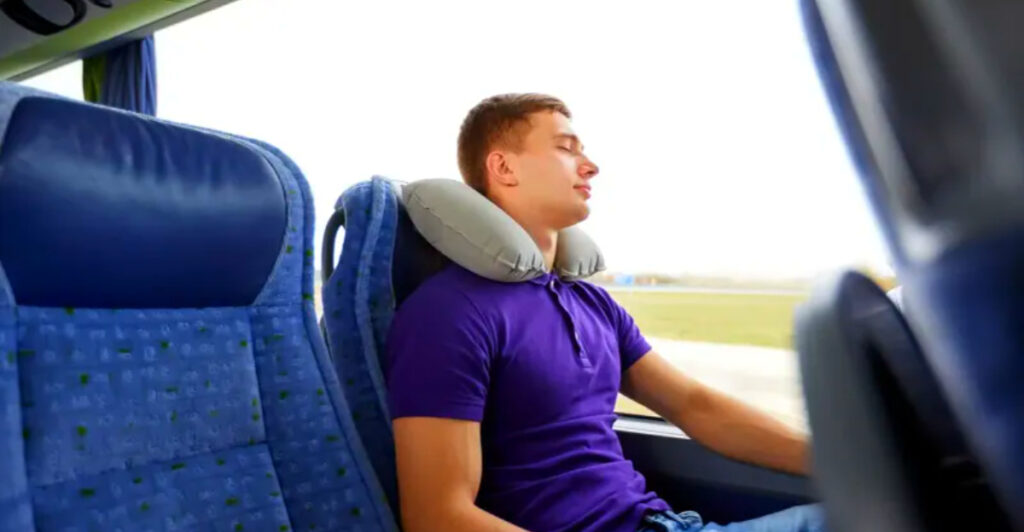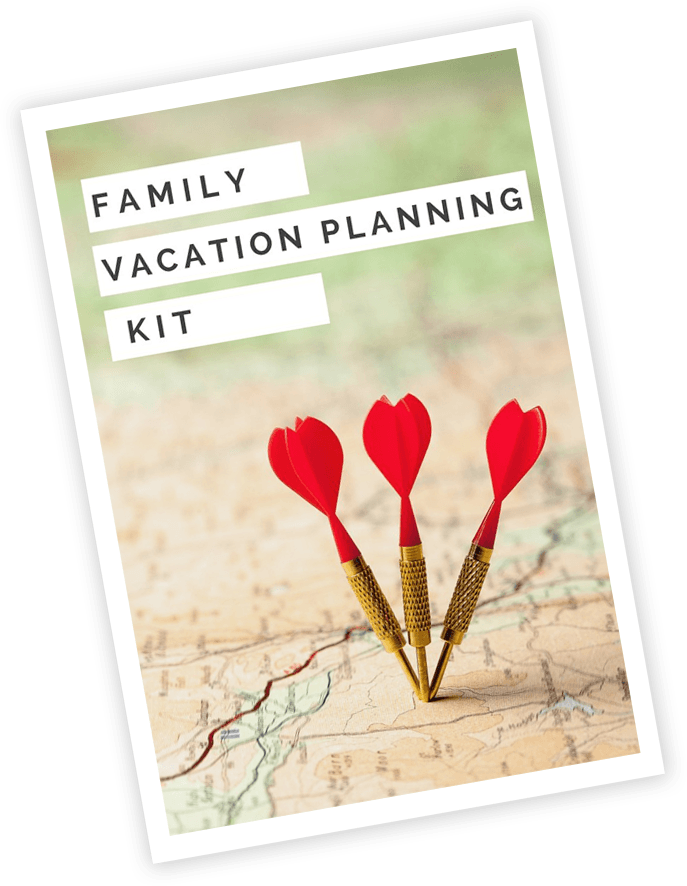Getting queasy on planes, boats, or long car rides can turn any adventure into a miserable experience. Motion sickness happens when your eyes, inner ear, and body send mixed signals to your brain about movement. The good news is that seasoned travelers have discovered plenty of ways to prevent or ease those uncomfortable symptoms, from simple seating tricks to science-backed remedies that really work.
1. Pick the most stable seat

Where you sit makes a huge difference when motion sickness strikes. On airplanes, grab a seat over the wings where turbulence feels less intense. Ships rock less in the middle sections on lower decks, so aim for those spots.
Trains offer the smoothest ride when you face forward near the front. In cars, either take the wheel yourself or claim shotgun up front.
These strategic positions reduce the amount of motion your body experiences and help your senses stay in sync. Frequent flyers swear by this simple trick because it tackles the problem before symptoms even start.
2. Lock eyes on a fixed point (hello, horizon)

Staring at that distant horizon line works wonders for settling a spinning stomach. Your eyes need a stable reference point to match what your inner ear is feeling. When you focus on something far away and unmoving, it helps resolve the sensory confusion causing your nausea.
Skip the books and phones during bumpy rides—they make things worse. Rest your head against the seat to minimize movement.
This old sailor’s trick reduces the conflict between what you see and what you feel. Many travelers find relief within minutes of fixing their gaze on a steady, distant object through the window.
3. Breathe, don’t brace
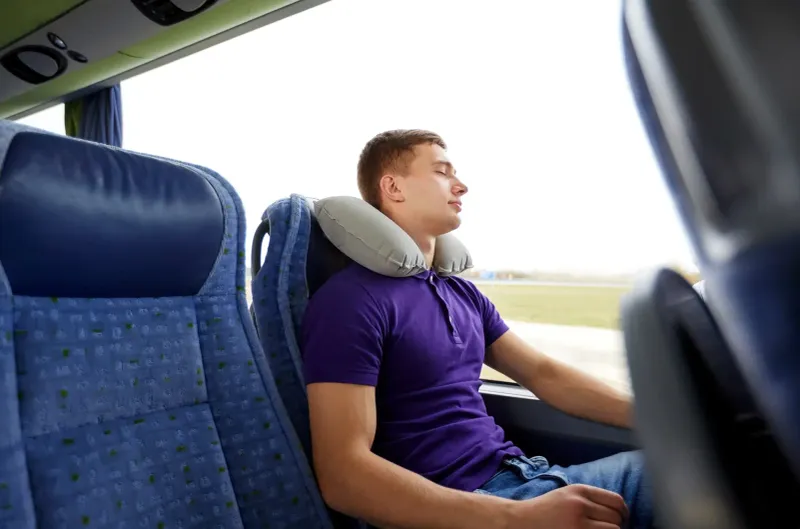
Tensing up when you feel sick actually makes everything worse. Laboratory studies show that slow, deliberate breathing can cut motion sickness symptoms nearly in half—about as effective as some medications, minus the drowsy side effects.
Practice your breathing technique before your trip so it becomes second nature. Inhale slowly through your nose for four counts, hold briefly, then exhale gently through your mouth.
This approach calms your nervous system and gives you something productive to focus on besides your queasy stomach. Seasoned travelers often combine breathing exercises with other remedies for maximum relief.
4. Minimize head movement (or recline/lie down)
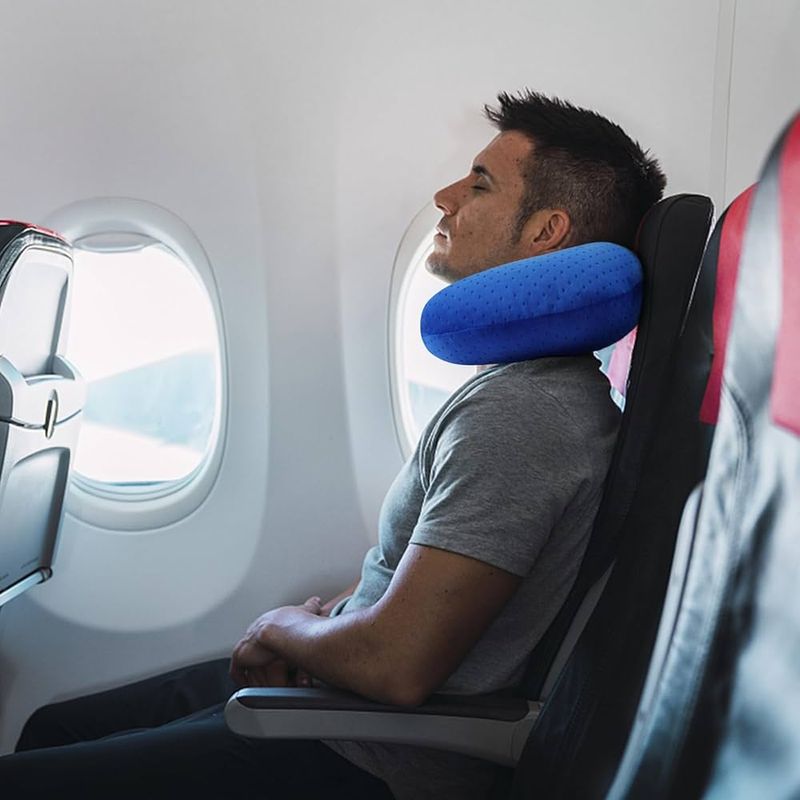
Every time your head bobs around, it sends fresh confusion signals to your brain. Keeping your noggin as still as possible gives your body fewer mixed messages to process. Lean back in your seat or lie down flat if you can manage it.
Try moving with the vehicle instead of fighting against it—lean into curves when the car turns, or sway gently with the ship’s rhythm. Think of it as riding the waves rather than resisting them.
Aligning your body with the forces around you helps everything feel more natural and less disorienting.
5. Ventilate and avoid strong odors
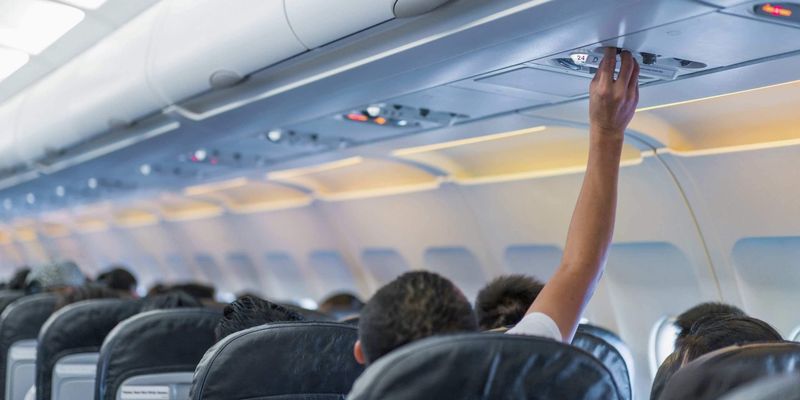
Fresh air on your face can be surprisingly powerful against nausea. Point that overhead vent directly at yourself, or crack open a car window to get air moving. Stuffy, stagnant environments make symptoms worse fast.
Strong smells—perfume, diesel fumes, spicy food—can trigger or intensify queasiness even if you normally tolerate them fine. Your sense of smell connects directly to the nausea centers in your brain.
Veteran travelers always scout out good ventilation and keep distance from overpowering scents. This simple environmental adjustment costs nothing and helps almost everyone feel at least a bit better.
6. Eat light, skip alcohol
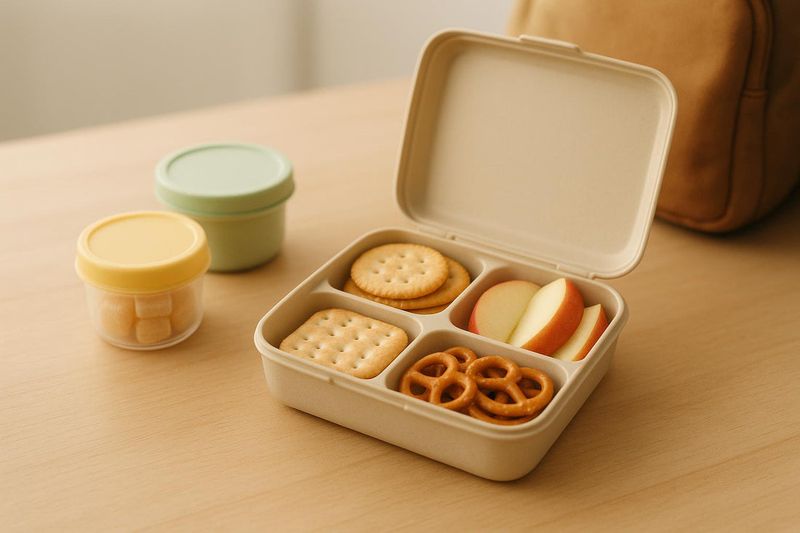
What goes into your stomach before and during travel really matters. Heavy, greasy, or super spicy meals give your digestive system extra work when it’s already struggling with motion. Alcohol might sound relaxing, but it actually worsens nausea and dizziness.
Plain crackers or toast with some water work perfectly—they settle your stomach without overwhelming it. A light snack beats traveling on a completely empty stomach, which can backfire.
Think bland and boring for your pre-trip menu. Experienced travelers know that saving the fancy meals for after arrival keeps their stomachs calm during the journey itself.
7. Ginger (capsules/tea/chews): modest help for some
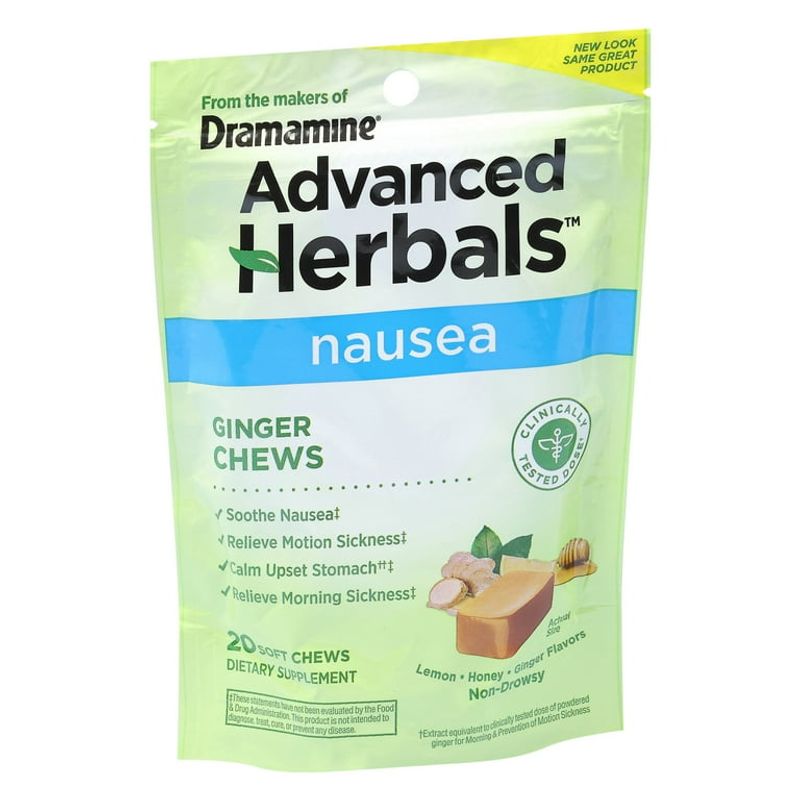
This ancient remedy has survived for good reason, though scientific evidence remains somewhat mixed. Several research trials suggest ginger genuinely eases nausea for many people, and it’s safe for most folks to try. The active compounds in ginger appear to calm your stomach naturally.
Take 500 to 1,000 milligrams in capsule form, or sip ginger tea about 30 to 60 minutes before your trip starts. Ginger chews work too if you prefer something tasty.
Results vary from person to person—some travelers swear by it while others notice little difference. Worth experimenting with since side effects are rare.
8. P6 acupressure wristbands (Sea-Band and similar)
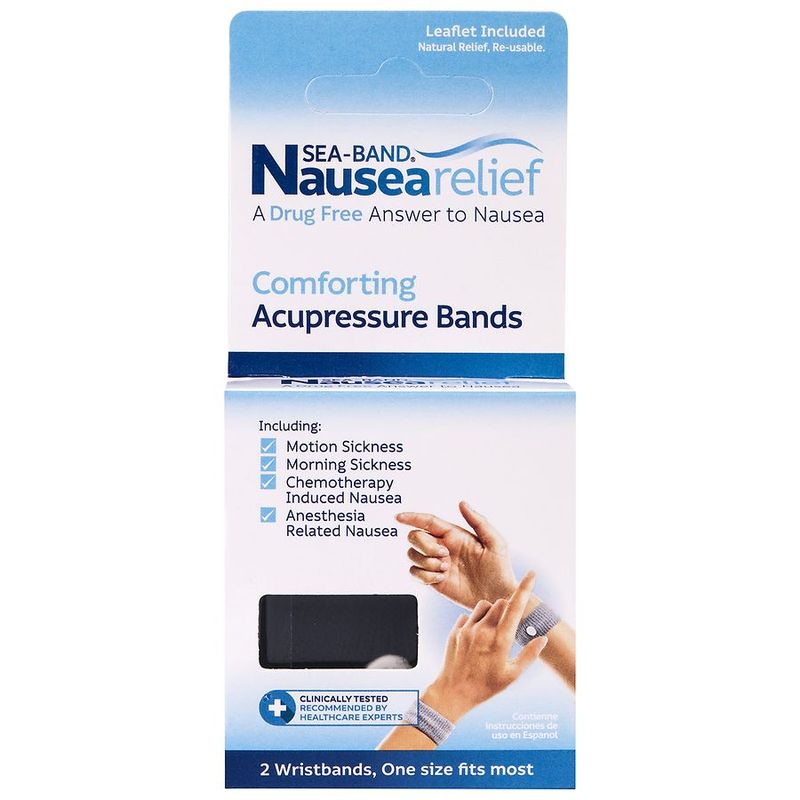
These stretchy bands press on a specific spot on your inner wrist called the Neiguan point, which traditional medicine links to nausea relief. The FDA regulates these devices as acupressure tools for managing queasiness, though scientific results vary considerably.
Some travelers find them incredibly helpful while others feel no difference whatsoever. They’re drug-free, reusable, and have zero side effects, making them worth trying.
Position the plastic stud about three finger-widths up from your wrist crease between the two visible tendons. Many frequent cruisers and sailors keep these bands in their travel kit as a first-line defense.
9. Transdermal scopolamine patch (Rx) — long trips/cruises
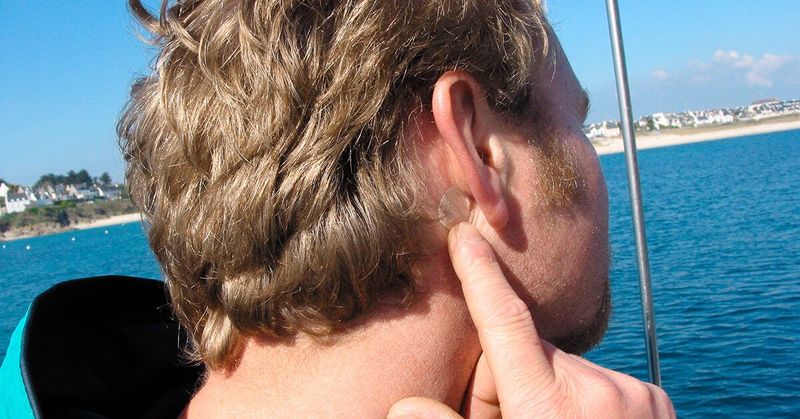
For extended journeys like multi-day cruises, this prescription patch delivers steady medication through your skin. Stick it behind your ear several hours before departure, and one patch keeps working for up to 72 hours straight.
Common side effects include dry mouth and mild sleepiness, so plan accordingly. People with certain eye conditions like glaucoma or urinary problems should avoid scopolamine.
Talk with your doctor to see if this option suits your medical history and travel plans. Cruise veterans often rely on these patches because they eliminate the hassle of remembering pills multiple times daily during vacation.
10. First-gen antihistamines (OTC): meclizine or dimenhydrinate
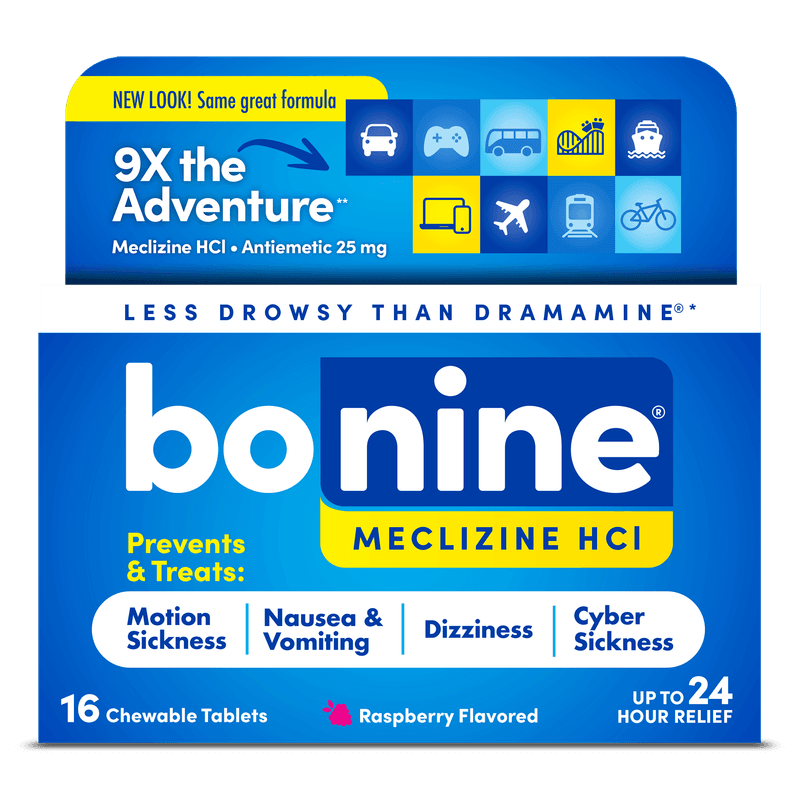
These drugstore staples have helped countless travelers for decades. Pop one 30 to 60 minutes before your journey begins for best results. Both medications work reliably, but they do cause drowsiness in most people.
Meclizine tends to be less sedating and its effects last longer, though it’s not recommended for kids under twelve. Dimenhydrinate works for younger children when dosed properly—check the label carefully.
The sleepiness can actually be a bonus on overnight flights or long drives where you’re not behind the wheel. Many travelers consider the trade-off worthwhile for effective symptom prevention.
11. Promethazine (Rx): for severe, short trips
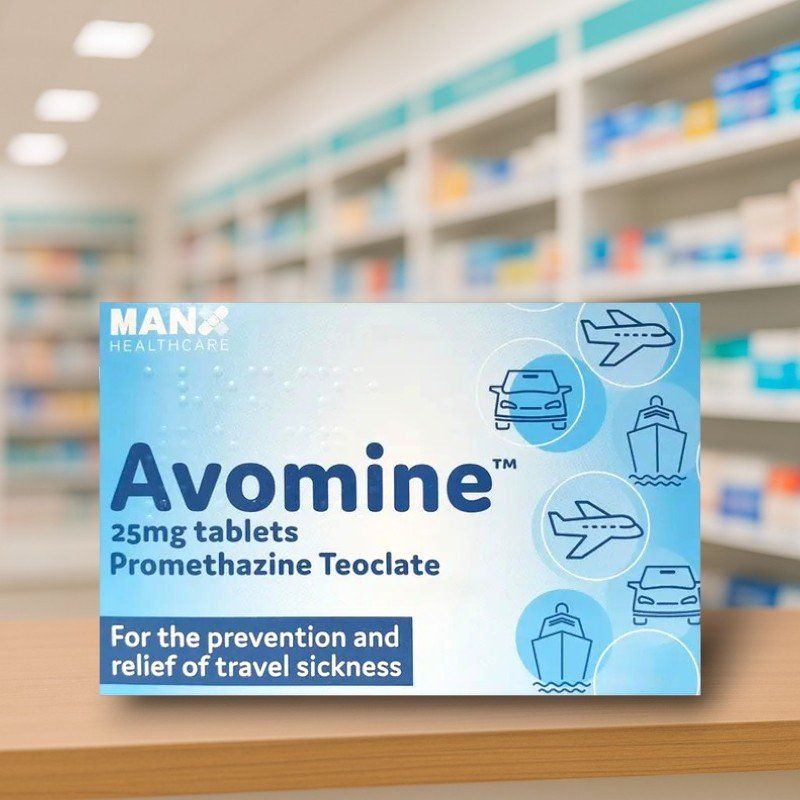
When other remedies fail and you face truly brutal motion sickness, promethazine brings out the big guns. This prescription medication is extremely effective at stopping nausea and vomiting in their tracks. The catch? It’s also extremely sedating.
Most people feel quite drowsy after taking it, so reserve this option for situations where staying alert isn’t necessary. Never use it if you’re driving or need to function normally.
Doctors typically prescribe promethazine for shorter trips where its powerful effects justify the heavy drowsiness. Discuss timing and dosage carefully with your healthcare provider before using this strong medication.
12. Train your brain (habituation)
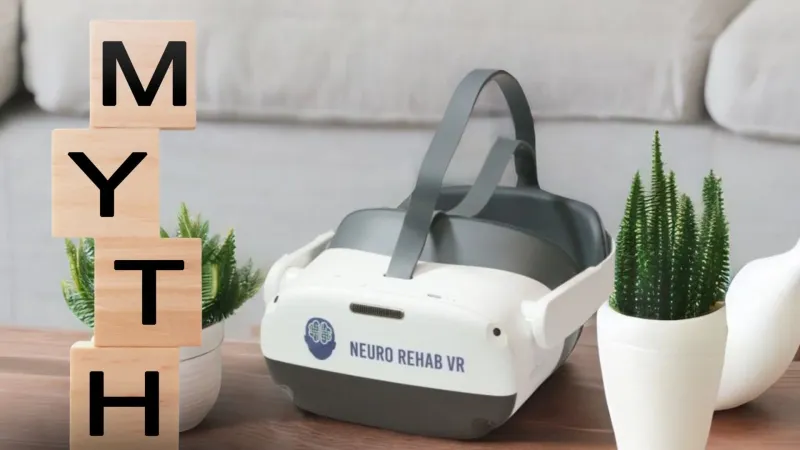
Here’s something surprising—gradually exposing yourself to motion actually works better than any medication for long-term relief. Your brain can learn to adapt and stop freaking out about conflicting movement signals, but this process requires patience and repeated practice.
Start with short exposures to whatever triggers your symptoms, then slowly increase duration over weeks or months. Virtual reality simulators and special exercises can speed up the training.
This approach takes real commitment and won’t help for tomorrow’s trip. However, travelers who stick with habituation therapy often find their symptoms dramatically improve or even disappear completely over time.
13. FDA-cleared neuromodulation wristbands (e.g., Reliefband)
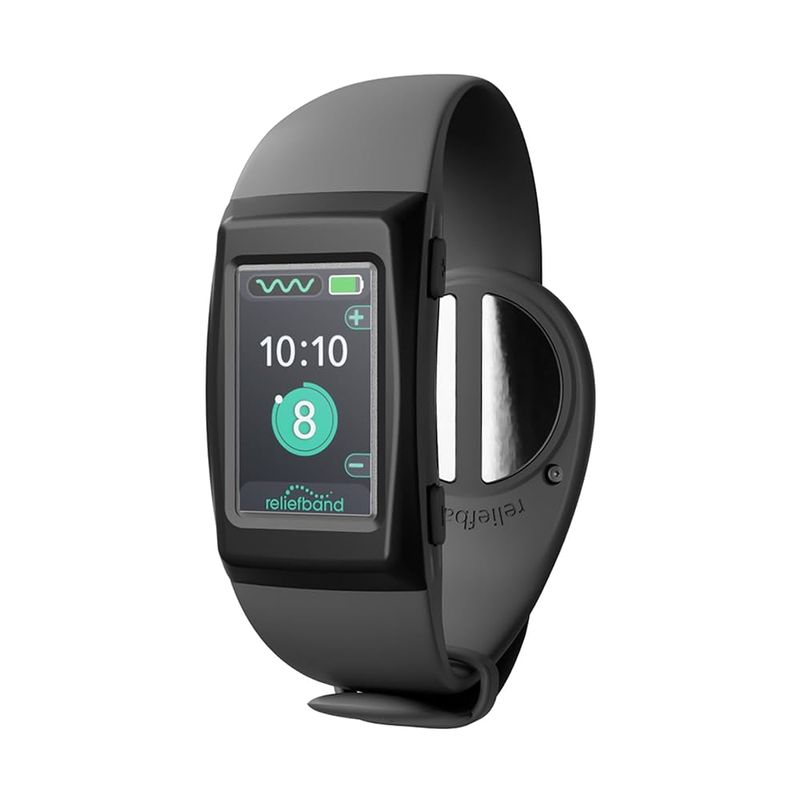
Technology meets ancient pressure points with these battery-powered devices. Unlike simple acupressure bands, these gadgets deliver gentle electrical pulses to stimulate your median nerve at the P6 wrist location. The FDA has cleared them specifically for nausea and vomiting from motion sickness.
Real-world results vary quite a bit from person to person—some travelers report significant relief while others notice minimal effects. The devices are adjustable, so you can find the intensity that works for you.
Follow the manufacturer’s instructions carefully for proper placement and settings. Many frequent travelers appreciate having a drug-free, reusable option with no drowsiness.

